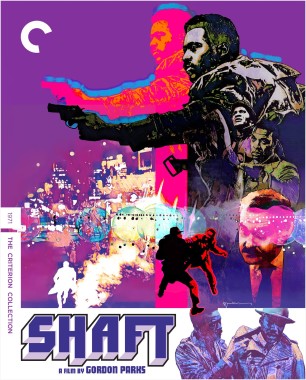How the Movies Captured Times Square’s Grimy Golden Age

It may be difficult to remember that fifty years ago New York was headed the way of Detroit. New Yorkers fled the city by the hundreds of thousands, arson was measured by the square block, and each year the city’s debt grew by a billion. A national poll in 1977 found that the percentage of Americans who considered New York to be a “good place to live” had fallen to six. The city was only marginally more popular among its residents, a million of whom had been forced onto the welfare rolls. Four hundred fifty thousand manufacturing jobs vanished, thirty thousand apartment units were abandoned annually, and there were ten fires a day in the Bronx alone. After a long prosperous run, it seemed the city was finally coming to ruin. By the time President Ford told the city to drop dead, it already had.
If New York was dead, the heart of its decomposing corpse, picked over by the screwworms and dung beetles of humanity, was Times Square:
Here are the official dregs of society, the scum of the earth, the lowlifes whom Mother Teresa wouldn’t bother to save . . . Brain-damaged evangelists rave aloud to themselves; 300-pound hookers flip out their hooters to stop traffic. Old shoeshine uncles give “spit shines” with more phlegmy bile than polish—though some might look at you as though you were out of your mind if you asked for a shine. Near-dead human vegetation take root in their own excretion in condemned doorways—most of them have slit pockets from scavengers searching for their wine-bottle change . . .
That’s Josh Alan Friedman in Tales of Times Square (1986), which is, if not the Bible of 1970s Times Square, its One Thousand and One Nights. The unsettling quality of these anecdotes derives from historical context, as Friedman’s original readers would have recalled the glories of the old Times Square: the lobster palaces and roof gardens and imperial theaters; the spangled, heady world of Oscar Hammerstein, Florenz Ziegfeld, Adolph S. Ochs, Damon Runyon, Walter Winchell. Times Square’s decline can be dated to the Depression, which introduced burlesque, flea circuses, and dime-a-dance halls, but it wasn’t until the 1970s that the bottom fell out. The grand Broadway palaces partitioned themselves into grindhouse theaters; Forty-Second Street became “the Deuce”; Strip-Tease gave way to Peep Show; Peep Show gave way to Live Sex. Still, it is possible to detect, in Friedman’s chronicles, beneath the squalor and disgust, contravening subtones of glee, ribaldry, even elation. Why is it that the horrors of the period, one of the bleakest episodes in the city’s history, tend to sound so . . . fun?








